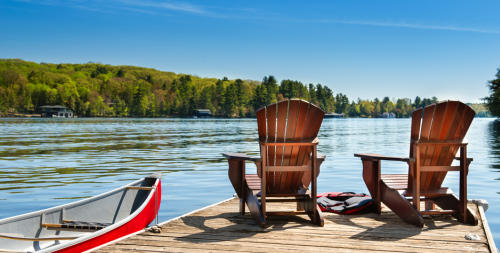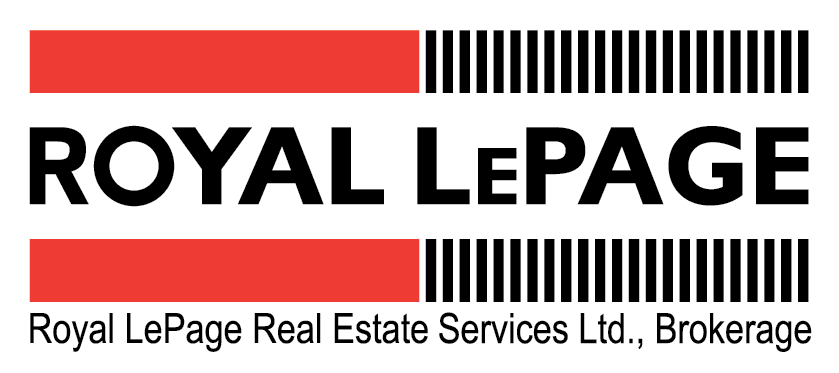
Apr
Royal LePage: Canadian recreational house prices forecast to increase 15% in 2021
- Highlights:
- A house in Ontario’s and Atlantic Canada’s recreational property markets expected to see the highest price gains in 2021, rising 17%; Quebec and British Columbia recreational markets forecast to increase 15% and 13%, respectively
- 91% of recreational experts in Canada reporting lower inventory than typical for respective regions as demand continues to outpace supply
- 46% of recreational experts reporting an increase in inter-provincial migration, as many Canadians choose cottage country over cityscapes as the backdrop to their home offices

TORONTO, ON, March 23, 2021
According to Royal LePage, the aggregate price of a house in Canada’s recreational regions is forecast to increase 15% in 2021 to $502,730, as demand continues to rapidly outpace inventory. The company revised its 2021 recreational property forecast, released in November 2020, upward to reflect the increasing unmet demand from potential buyers who are actively looking for properties.
“From coast to coast, the line between primary residence and recreational property is blurring,” said Phil Soper, president and CEO, Royal LePage. “The trend began last summer when the option of traveling abroad was taken away, and continued to gain popularity as it became clear that with access to high speed internet, many people can do their jobs from just about anywhere.”
The aggregate price of a house in Canada’s recreational property regions increased 16% year-over-year to $437,156 in 2020 compared to 2019. During the same period, the aggregate price of a waterfront property increased 9.8% to $813,385 and the aggregate price of a condominium rose 10.5% to $310,257.
Houses in the recreational regions of Ontario and Atlantic Canada are forecast to see the highest price appreciation in the country this year, set to increase 17%, while prices in Quebec and British Columbia are forecast to increase 15% and 13 %, respectively. According to a survey[1] of 190 Royal LePage recreational real estate professionals across the country, 91% said that their market has less inventory than typical for their respective regions, including 72% that reported significantly less inventory available.
In many areas, supply shortages are forcing buyers into multiple-offer situations, which often result in properties selling above the asking price. In Ontario, 87% of recreational real estate professionals said that more than half of properties available on the market are selling above the asking price. In Quebec and British Columbia, 65 and 52% respectively reported the same.
“The low inventory, high demand scenario that is defining Canada’s current real estate landscape can be frustrating for buyers and their agents,” continued Soper. “Without enough supply to meet demand, prices continue to increase at above normal rates. And with so few listings to choose from, owners are concerned they will have nowhere to go if they sell before buying, so they hesitate to list. This cycle makes it difficult for anyone to move ahead.
“Life during the pandemic has made cottage country and country living more desirable than ever, in every part of Canada. The flexibility provided by working remotely, excess savings from months sitting at home, and low interest rates have left Canadians young and old alike to seek properties with more space, easy access to nature, and the ability to achieve that ever-elusive work-life balance. And, an increasing number of new owners intend to use these escapes for both weekend play and Monday to Friday work.”
Royal LePage real estate professionals in Western and Atlantic Canada have reported an increase in out-of-province buyers over the past year. All experts in the recreational regions of the Maritimes and more than two-thirds (68%) of those in British Columbia reported seeing a boost in inter-provincial migration this year.
Interested in learning more?


